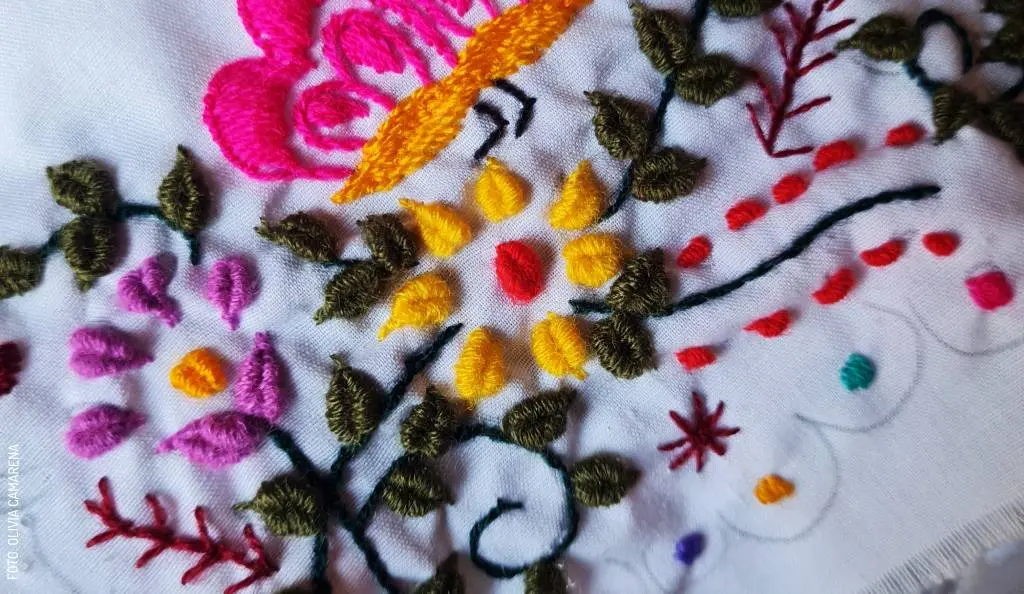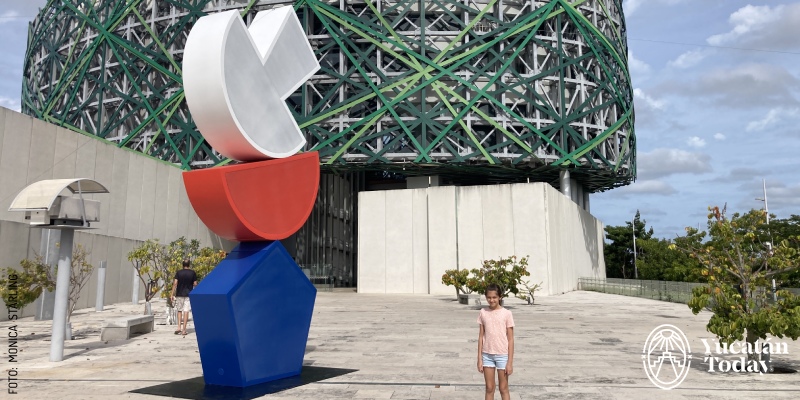Art and culture
Discover unique creations, artistic trends and vibrant cultural events in Yucatán
Related Posts
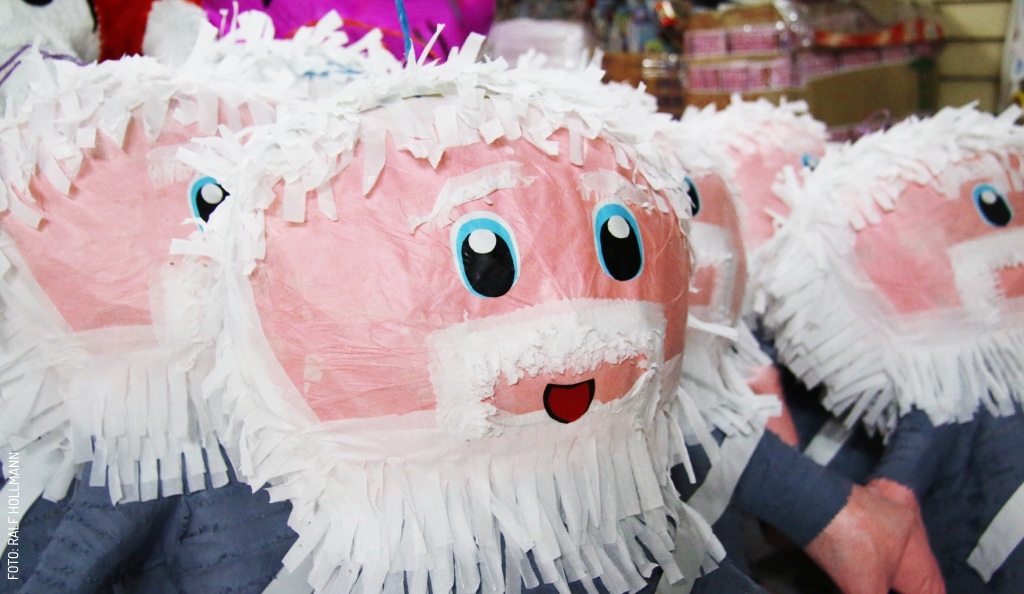
Art, crafts, and culture in Yucatán
Hit it! It’s Piñata Season!
We guide you through the past and present of piñatas in the words of Ralf Hollmann. During the...
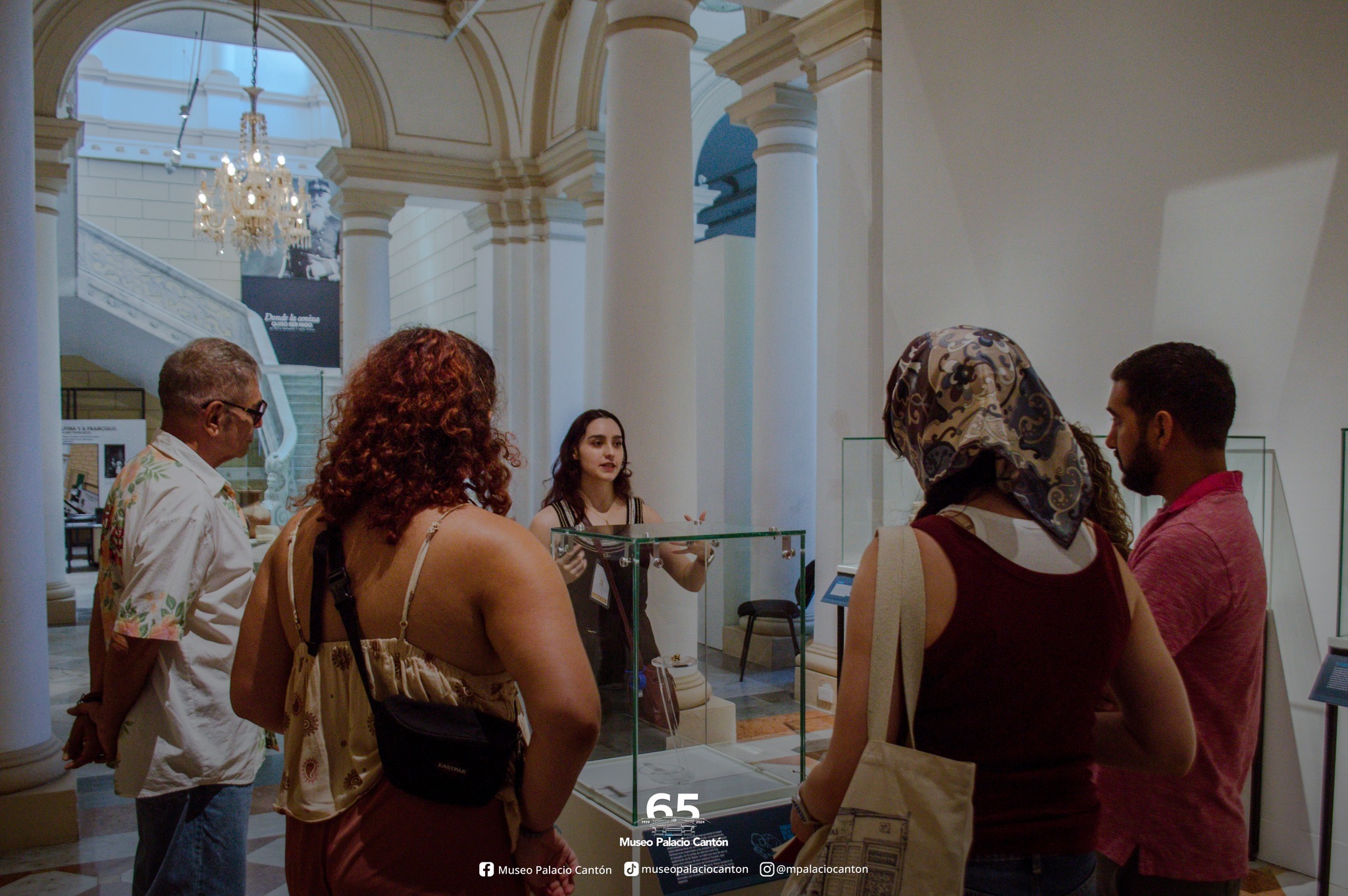
Art, crafts, and culture in Yucatán
Discovering Yucatán: A Getaway to Six Museums in Mérida in Two Days
Museos de Mérida en 48h. Inmersión cultural, historia maya y colonial. Recorre 6 joyas: GMMM,...
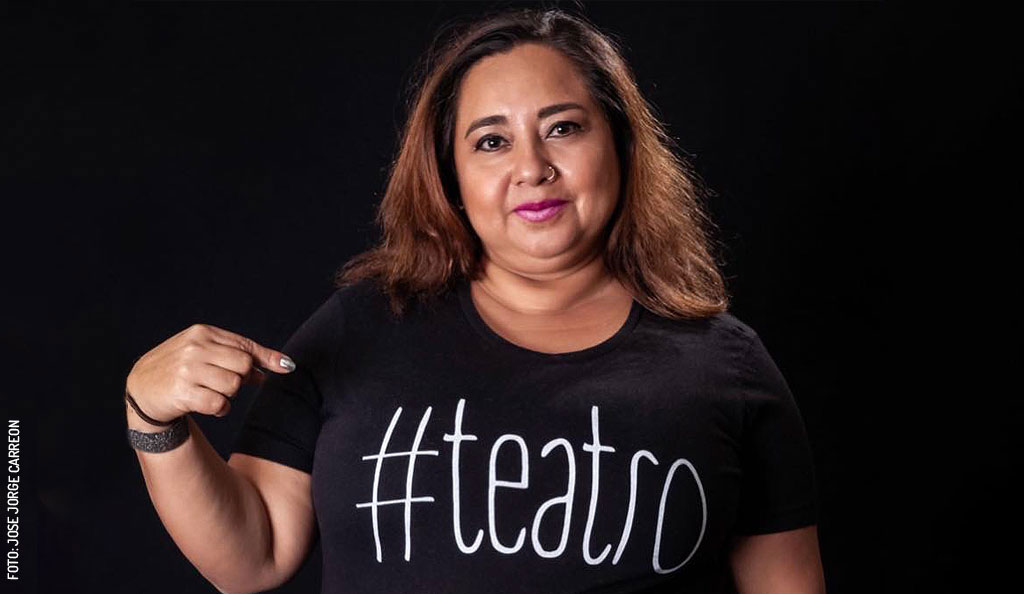
Art, crafts, and culture in Yucatán
Conchi León: The Most Powerful Mestiza in Yucatecan Theater
Conchi León, a Yucatecan playwright, transforms regional theater with powerful stories. Her work...
In love with Yucatán? Get the best of Yucatán Today delivered to your inbox.
Don’t miss out on our latest articles and the digital magazine before anyone else.



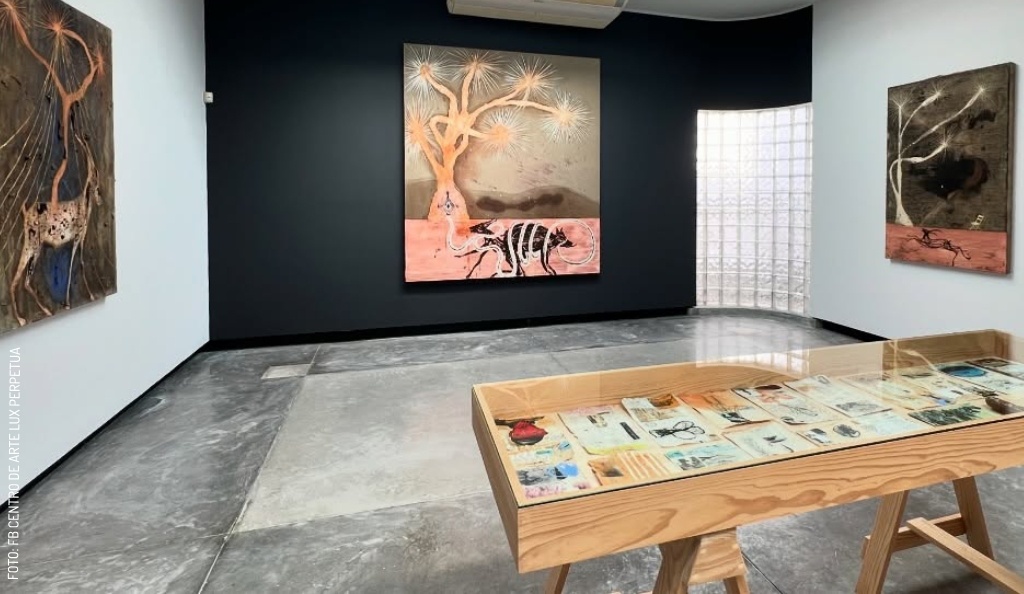
.webp)
